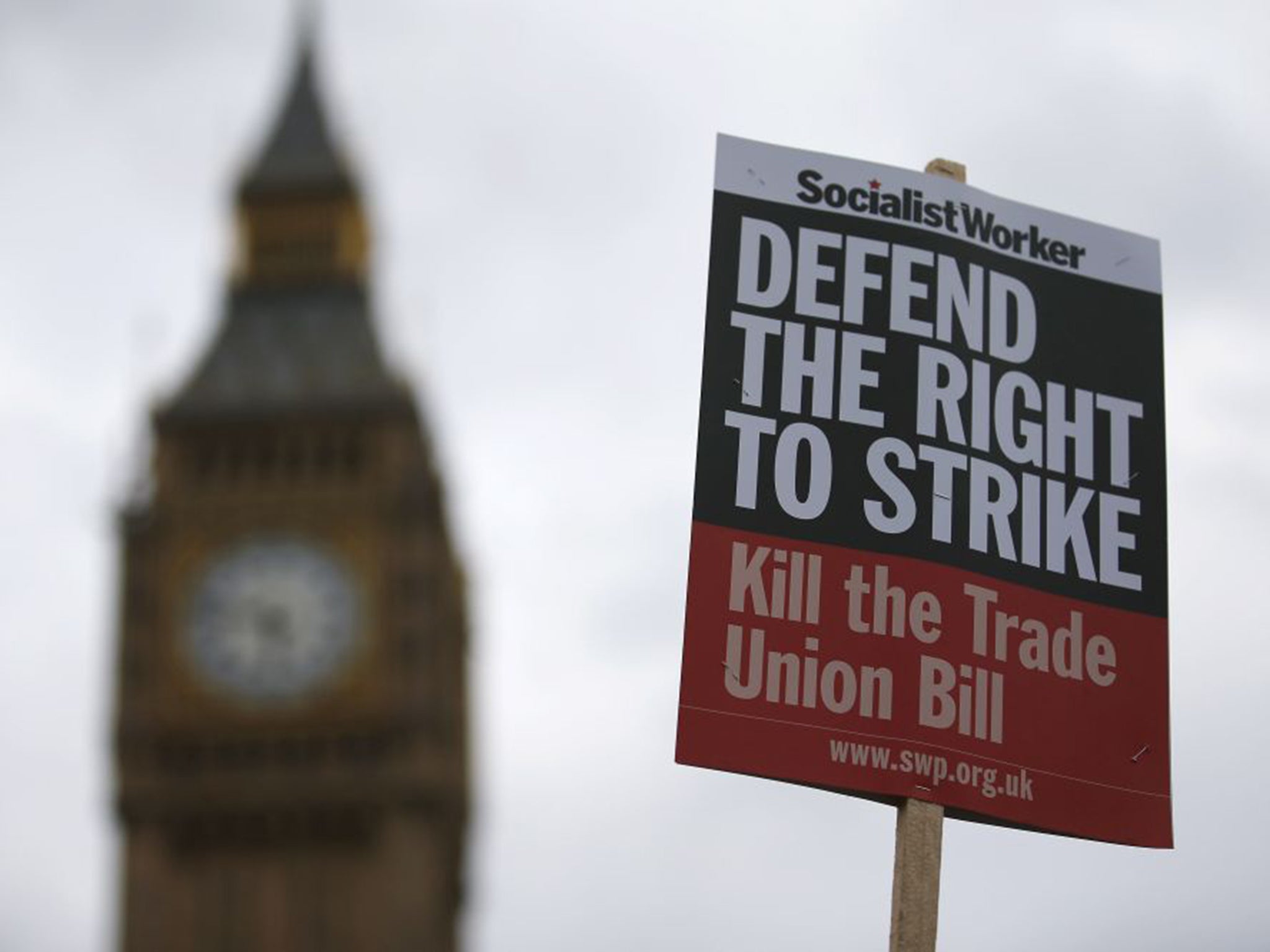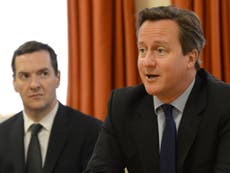The government's new Trade Union bill is illogical and flawed
For strike action to be made legal at least 50% of eligible union members must participate in the vote. It's a measure which is clearly unsound

At present a strike can legally go ahead if more union members vote in favour of strike action than vote against, regardless of how many participate in the vote. To many people this is not a reasonable state of affairs. The government’s Trade Union Bill seeks to address this. But it will have odd consequences that have, apparently, not been anticipated by ministers.
In June 2014, Unison balloted council and school support workers for a strike over pay. 49,836 voted to strike, while 35,062 voted against. There is no official published figure for the how many Unison members were entitled to vote, but a report on the BBC website estimates this number at 410,000. This implies that fewer than 1 in 8 voted for strike action. Yet this was enough to enable a strike, which took place the following month.
The government’s Trade Union bill contains a measure to prevent strikes from taking place with such a low level of support. For strike action to be legal it will still be necessary to have a majority in favour of a strike among votes cast, but this will no longer be sufficient. An additional rule will be that at least 50% of eligible union members must participate in the vote.
Opponents of this reform accuse the government of hypocrisy. Why, they ask, should there be a minimum turnout rule for strikes to take place, when there is no such rule for elections to Parliament, and indeed for most other elections? But there is a crucial difference between strike votes and elections. When determining whether or not a strike should take place, the default position must be for employees to work as normal. There is, therefore, a reasonable argument that there should be a substantial level of support for strike action to overturn this default. With elections, in contrast, there is no default: someone has to be elected, no matter how lousy the candidates. (Perhaps there is a case for tightening election rules so that, in certain circumstances when no candidate has received a good enough endorsement – however that is measured - a new vote should be held. But that is an argument for another day.)
The problem with the new rule is not one of hypocrisy. The problem is that a turnout threshold is illogical.
Consider possible outcomes of strike votes. Suppose, first, that 30% of union members vote for a strike, 19% vote against, and 51% do not bother to vote. Then a total of 49% of eligible members have participated in the ballot. This is short of the 50% threshold. The strike cannot go ahead.
Now suppose instead that 30% vote for a strike as before, but now 21% vote against, and 49% do not vote. Then the threshold of 50% participation in the vote will have been exceeded, and the strike can go ahead. Yet all that has changed is that more people than before have voted against strike action. These extra votes against strike action have pushed the total number of votes above the 50% threshold, allowing strike action to take place.
It is surely nonsensical that a strike should become possible as a result of additional votes against strike action.
And if this minimum threshold rule is brought in, union members will come to learn how it works. They will see that if they vote against a strike, they may help the total number of votes cast reach the 50% threshold, potentially leading to a strike. They will understand that if they don’t want to strike, their best bet might well be not to vote at all.
Discouraging opponents of strike action from expressing their true preferences in a vote is regrettable. And the practical effect of this rule could be that a strike will not be possible unless 50% of union members actively vote for strike action. This would not stop all strikes – the recent strike vote among junior doctors resulted in close to 75% of eligible union members voting for strike action – but would surely be a harsher bar to strike action than what the government intends.
The problem of minimum turnout rules encouraging a boycott by voters is hardly a new phenomenon. It is wearily familiar to members of legislatures and committees that require a quorum to make decisions.
Fortunately, there is a straightforward alternative. For strike votes, what is required is that a specified minimum proportion of eligible union members must actively vote to strike. What would be a suitable value for this minimum proportion? This must be based on some sense of what is reasonable, and is ultimately a political judgment. I would suggest that somewhere in the range of 20% to 30% might be a reasonable starting point for further consideration. The law would then be that a strike can go ahead if this level of support is achieved, and there are more votes for a strike than against. This would have prevented the aforementioned 2014 Unison strike from taking place. It would achieve the government’s aim of preventing strikes which do not have a significant level of active support. And it would do so without creating an anomaly whereby voting against a strike can help a strike to take place.
The government, however, is pressing ahead with introducing a 50% minimum turnout for strike ballots. Will this flawed measure become law? The bill is now being considered by the House of Lords, and it due to have its second reading there on January 11.
Dr Peter Sozou is a Research Associate in the Centre for Philosophy of Natural and Social Science at the London School of Economics


Join our commenting forum
Join thought-provoking conversations, follow other Independent readers and see their replies